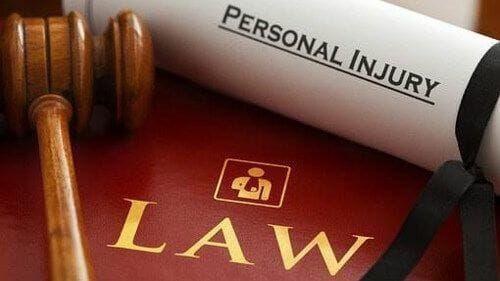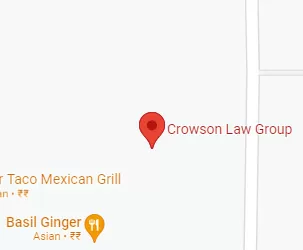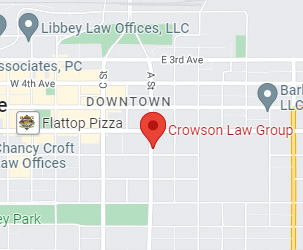Don’t Go It Alone

They’re called “ambulance chasers,” “sharks” and plenty of other uncomplimentary names. And sometimes it is deserved. Unfortunately, such insults sully the reputation of many a Personal Injury Attorney In Alaska, plenty of whom are upstanding advocates simply doing their job to obtain the greatest compensation for their clients that were injured due to someone else’s negligence.
But why the bad reputation? And why is it not always based in fact?
The term “ambulance chaser” actually comes from a past practice where attorneys would literally send an agent/employee to the hospital or driving after an ambulance to sign up injured clients. Understandably, this was seen as greedy and heartless. However, ethical rules have been established so that a Personal Injury Attorney In Alaska is limited in his ability to take such actions.
And some of the cases where personal injury attorneys have received a bad reputation are actually not due to the reasons thought. For example, the famed McDonald’s burn case, where a woman received millions of dollars because she spilled hot coffee on herself was not the result of the coffee being hot. Instead, as few people know, it was actually due to a defect in the lid that failed to properly secure to the cup itself, leading to the spill that injured the woman. As such, this was a far more reasonable case and not the silly and incorrect portrayal you may have heard.
So what does a quality Personal Injury Attorney In Alaska actually do?
It starts with an initial meeting where you explain the facts of your case to the attorney. If, with nothing more, that attorney promises you a million-dollar result, he or she should be disregarded as less than adequate and not retained. Indeed, without documentary evidence, some sort of investigation and the position of the other side, no attorney can properly evaluate your case.
Should the attorney want to take your case, she will have you sign a retainer agreement which will detail the duties and responsibilities of lawyer and client, the way both parties will earn money and answer any questions you may have regarding same.
Next is the pleading stage, where your attorney will draft a “complaint”—which will list the facts and allegations that are the subject of your claim—and serve it on the defendant. The defendant is then required to answer the complaint within a specified period of time.
Following pleadings will be the “discovery” phase, where information will be exchanged between the parties through written demands and depositions. Following the conclusion of discovery, which will take a minimum of several months, the parties are able to make motions, seeking certain relief from the court before trial.
Finally, based on how the court decides any motions, the trial will take place next. Of course, at any time during this process, the parties may negotiate a settlement to prevent the risk of trial. Since there is a lot to know—and many attorneys that are well-qualified to handle a personal injury case—it is beneficial to retain one rather than go it alone.


